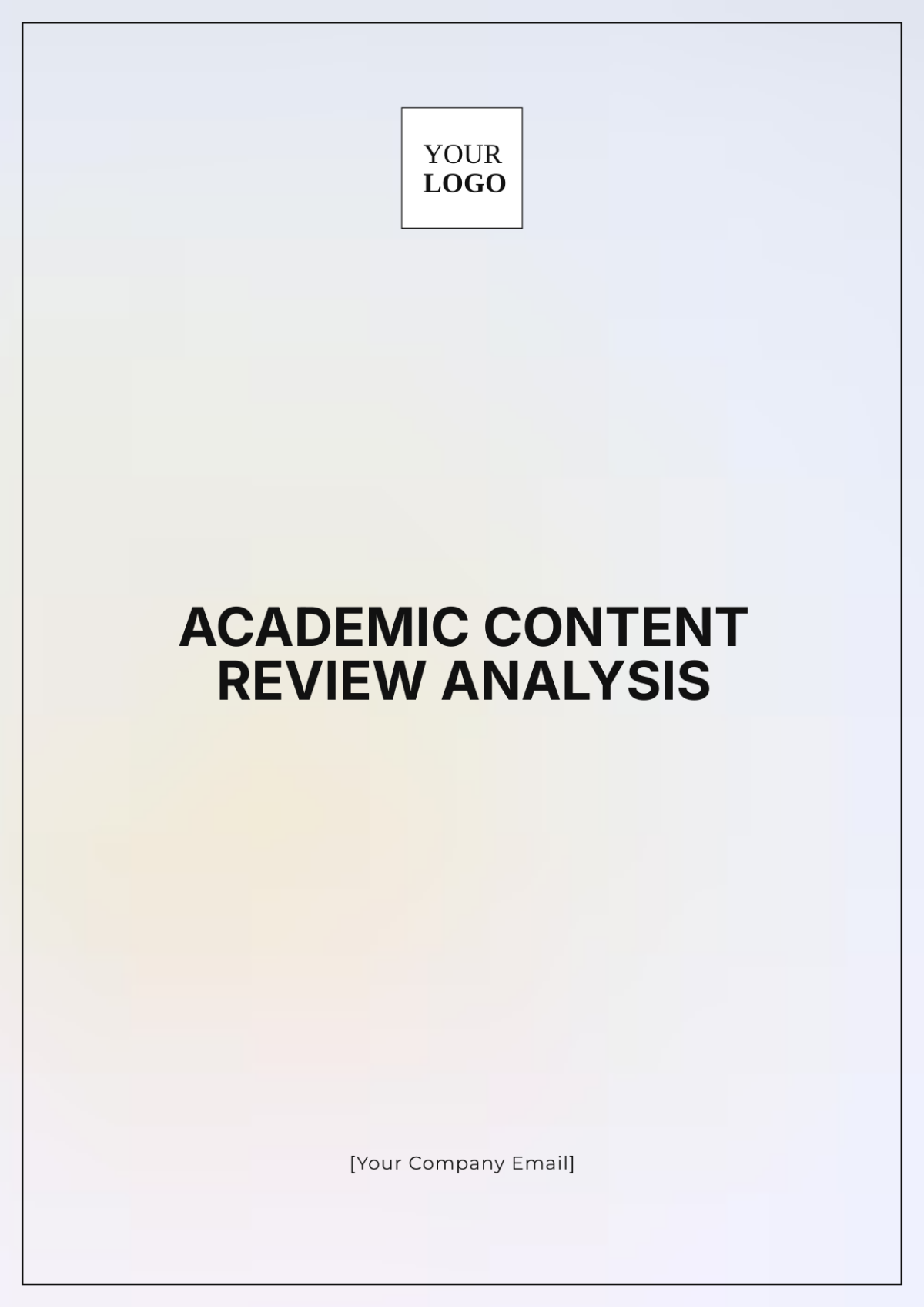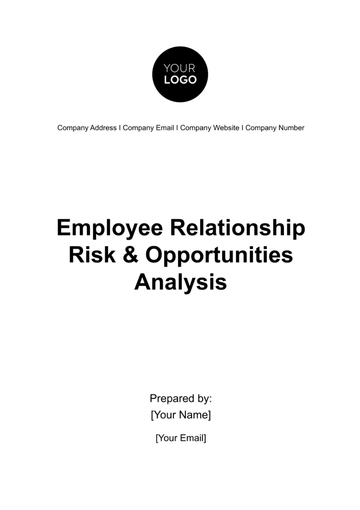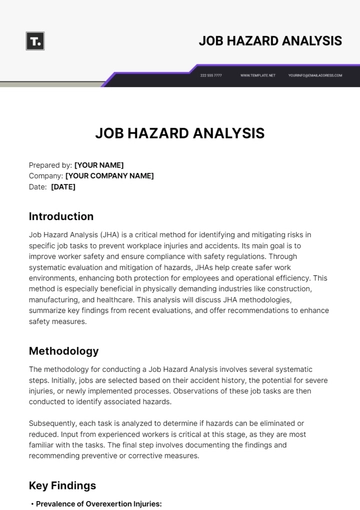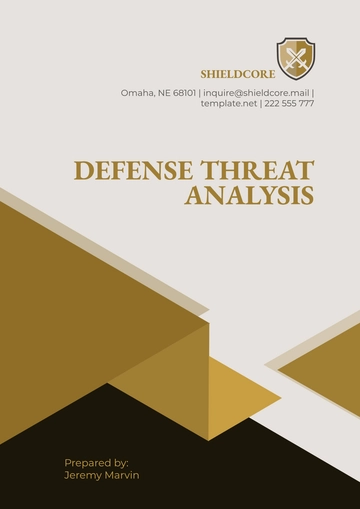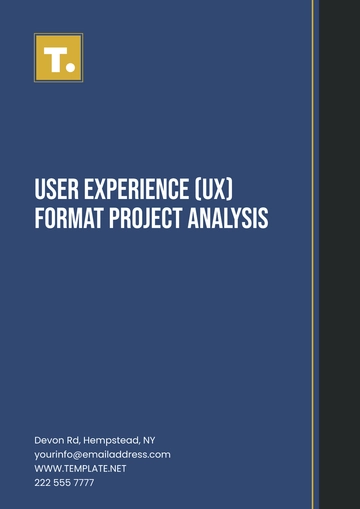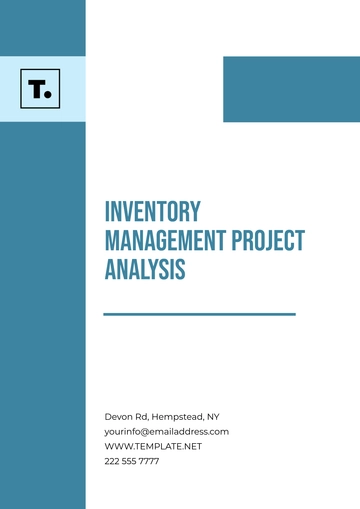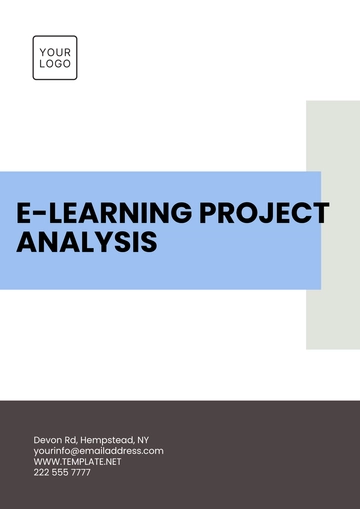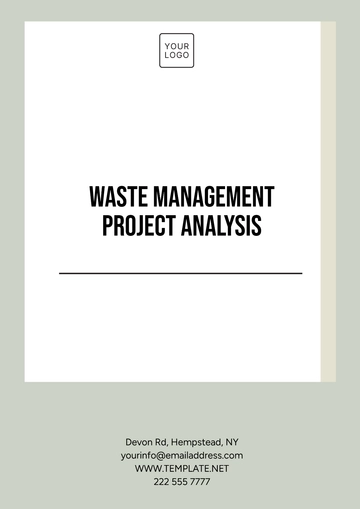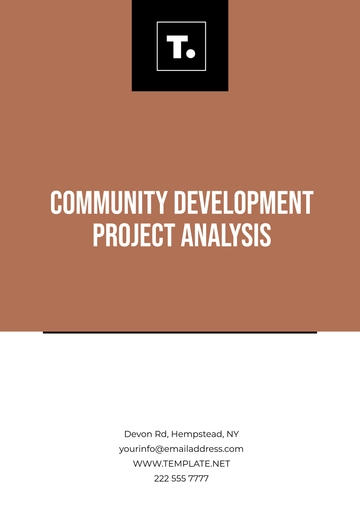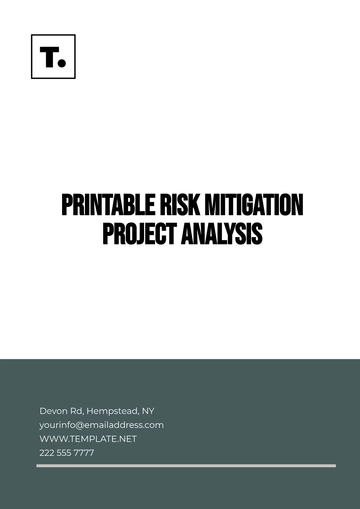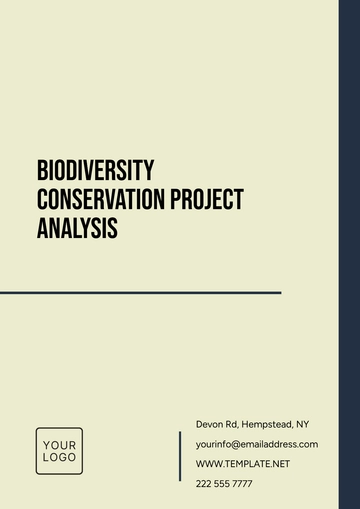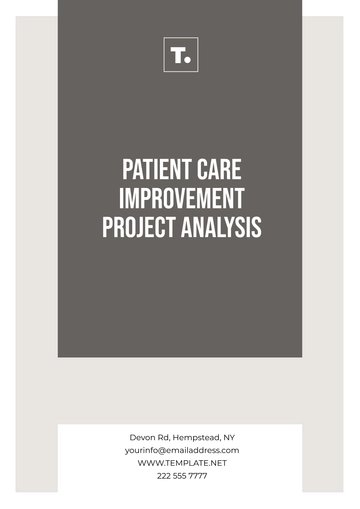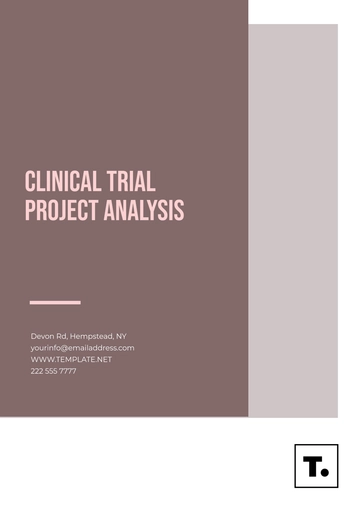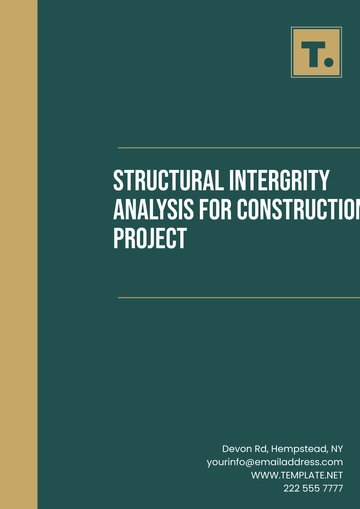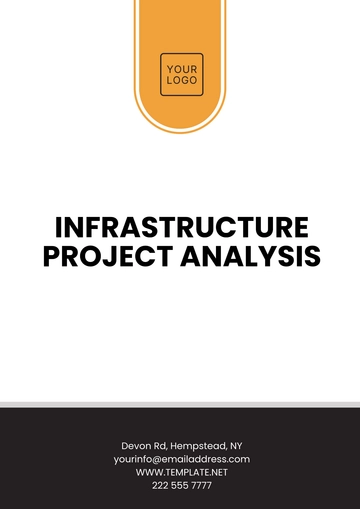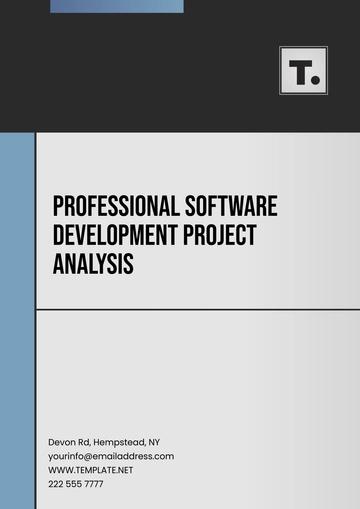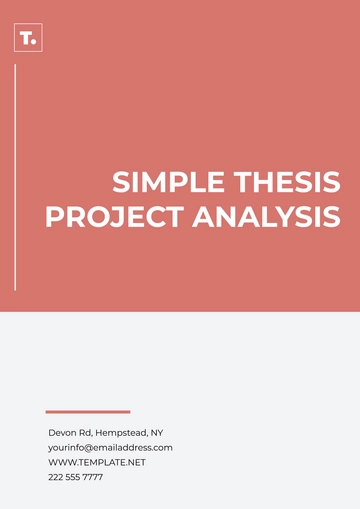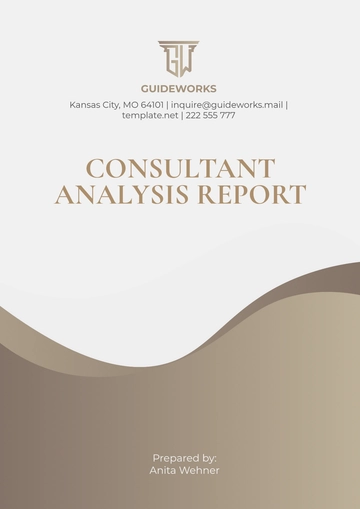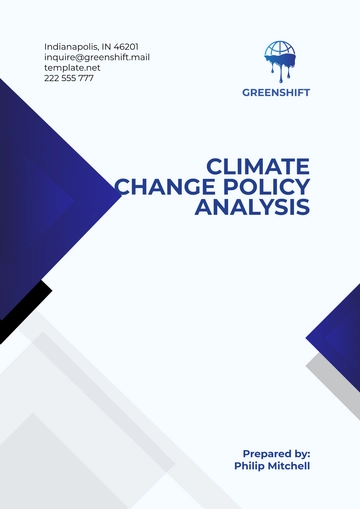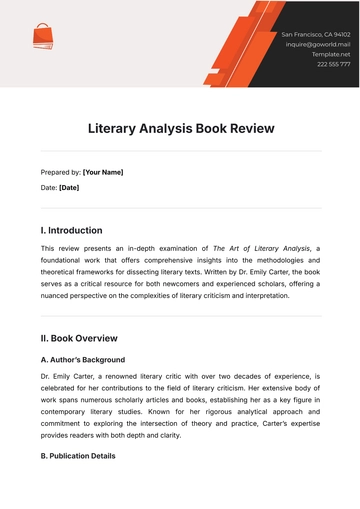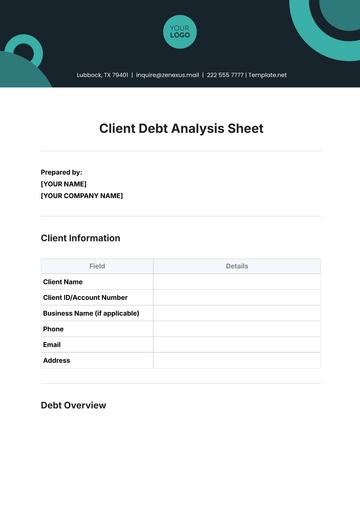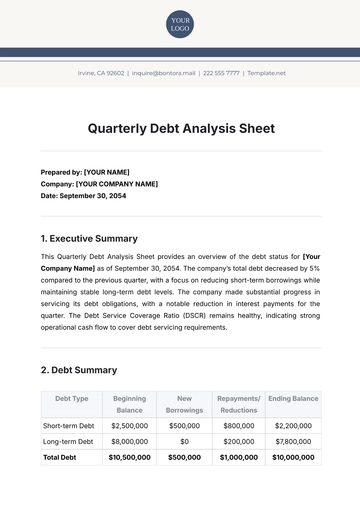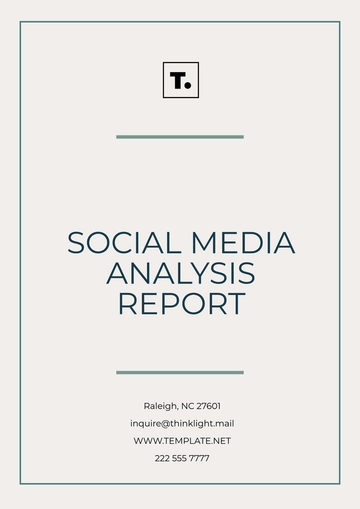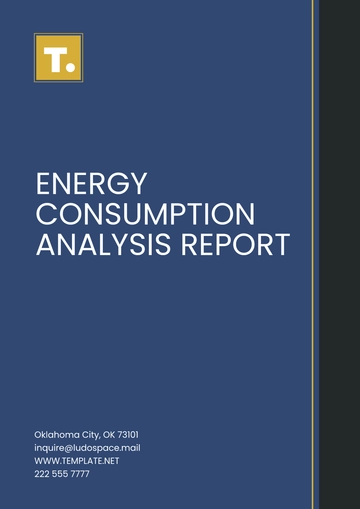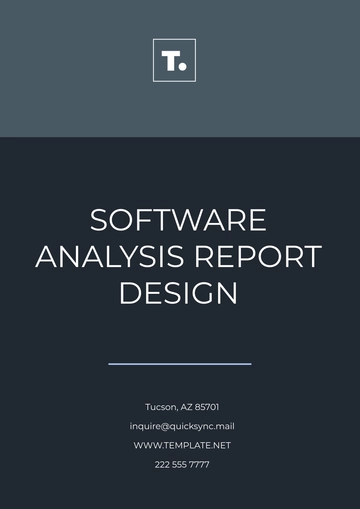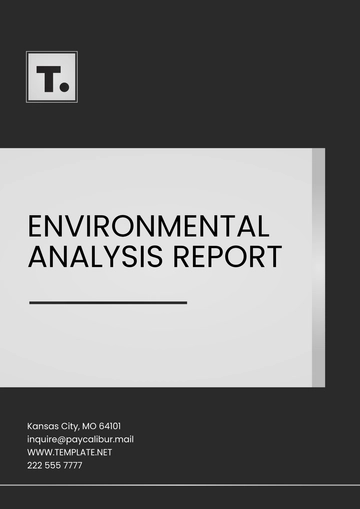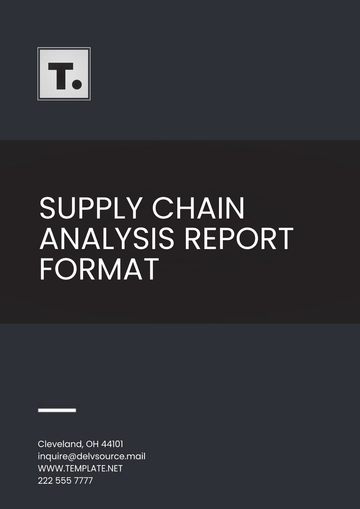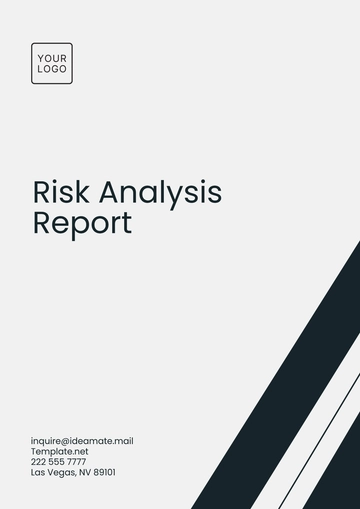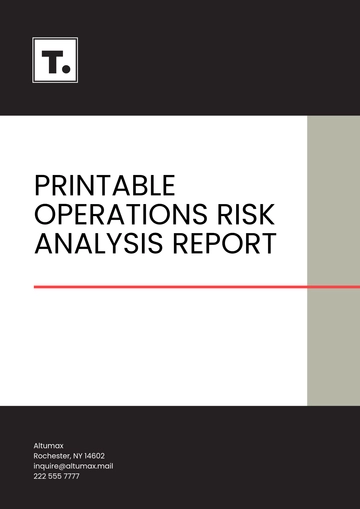Academic Content Review Analysis
Prepared by: [Your Name]
Date: [Date]
1. Introduction
The Academic Content Review (ACR) serves as a critical evaluation of scholarly material to ensure its quality, relevance, and adherence to academic standards. This analysis explores the key components of an effective ACR, examines best practices, and evaluates methodologies for conducting thorough and objective reviews.
2. Key Components of an Academic Content Review
2.1. Content Evaluation
A. Relevance and Scope
Relevance: Ensure the content addresses current issues, trends, or gaps in the field.
Scope: Evaluate if the material covers a comprehensive range of topics related to the subject matter.
B. Accuracy and Validity
Accuracy: Verify that all facts, figures, and references are correct.
Validity: Assess the soundness of the methodologies and conclusions drawn in the content.
C. Originality and Contribution
2.2. Methodology Review
A. Research Design
Design: Analyze the research design employed in the content, including its appropriateness for addressing the research questions.
Implementation: Evaluate the execution of the research design, including sample selection and data collection methods.
B. Data Analysis
C. Ethical Considerations
Ethical Standards: Ensure that the content adheres to ethical guidelines related to research, including informed consent and confidentiality.
Bias: Identify any potential biases in the research process or presentation of results.
3. Best Practices for Academic Content Review
3.1. Structured Approach
A. Review Framework
Checklist: Develop a checklist to systematically review content based on relevance, accuracy, and methodology.
Guidelines: Follow established guidelines or standards relevant to the field of study.
B. Peer Review
3.2. Objective Evaluation
A. Criteria-Based Assessment
Criteria: Use specific criteria to evaluate the quality of content, such as clarity, coherence, and logical flow.
Scoring: Apply a scoring system to objectively measure the effectiveness of the content.
B. Documentation and Reporting
Documentation: Keep detailed records of the review process, including notes on strengths and weaknesses.
Reporting: Prepare a comprehensive report summarizing the findings, recommendations, and any necessary actions.
4. Methodologies for Conducting an Effective Review
4.1. Quantitative Methods
A. Statistical Analysis
Descriptive Statistics: Utilize measures such as mean, median, and standard deviation to summarize data.
Inferential Statistics: Apply tests like t-tests or ANOVA to draw conclusions about data relationships.
C. Surveys and Questionnaires
4.2. Qualitative Methods
A. Content Analysis
B. Case Studies
5. Enhancing Review Quality
5.1. Use of Technology
A. Digital Tools
Software: Employ specialized software for data analysis, such as NVivo for qualitative data or SPSS for quantitative data.
Automation: Utilize automated tools for plagiarism detection and reference management.
B. Online Resources
5.2. Reviewer Expertise
A. Subject Matter Expertise
B. Training and Development
Training Programs: Provide training for reviewers on best practices and new techniques in content review.
Workshops: Conduct workshops to discuss common challenges and solutions in academic content review.
6. Case Study: Implementation of Review Practices
6.1. Overview
6.2. Process and Outcomes
Review Process: Describe the steps taken during the review, including any challenges encountered.
Findings: Summarize the outcomes of the review and any recommendations made.
7. Conclusion
An effective Academic Content Review involves a comprehensive evaluation of content relevance, accuracy, and methodology, coupled with adherence to best practices and objective assessment methodologies. By employing a structured approach, incorporating peer feedback, utilizing both quantitative and qualitative methods, and leveraging technology and expert knowledge, reviewers can ensure a thorough and objective analysis of scholarly material.
Analysis Templates @ Template.net
